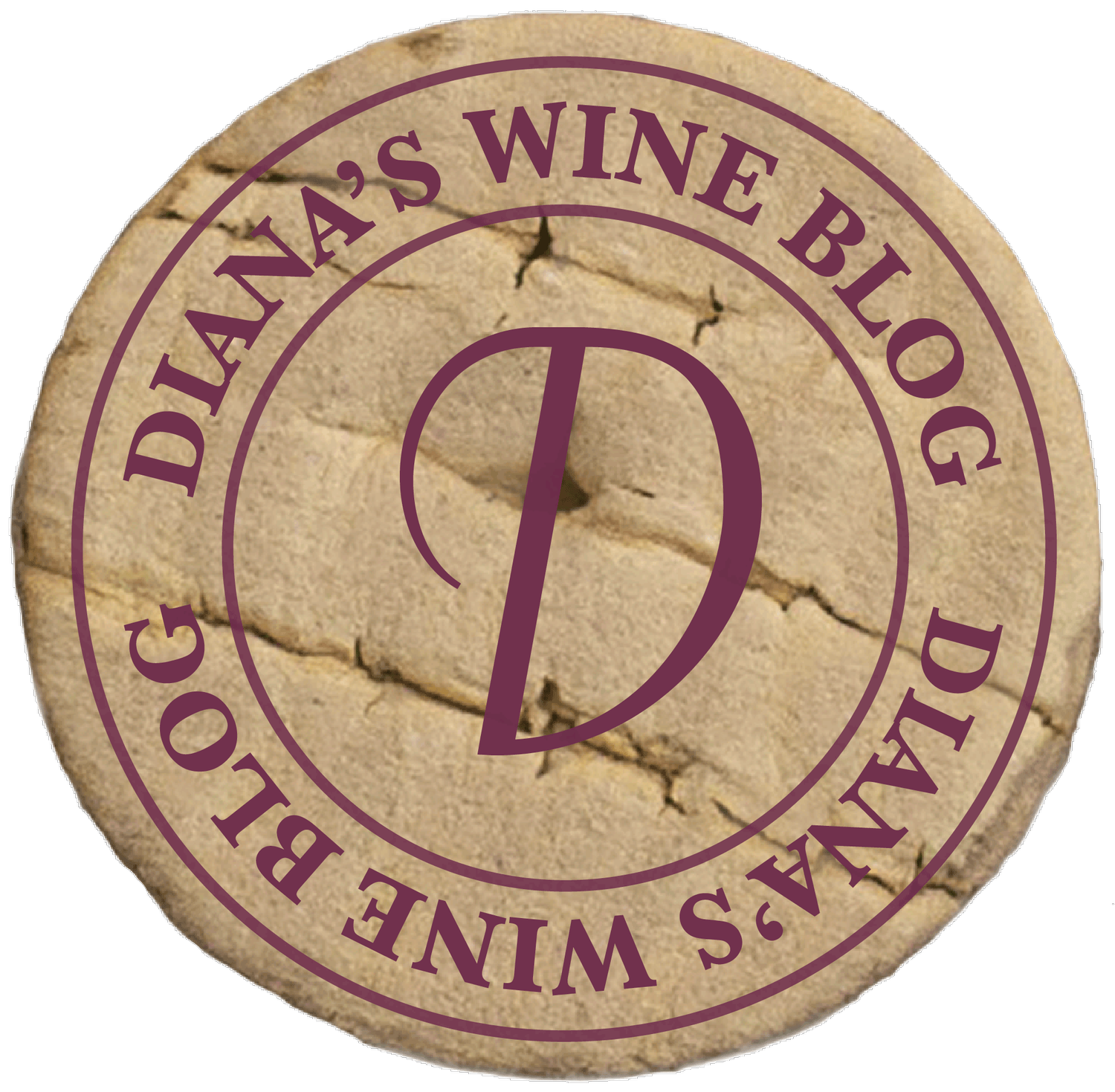The Time of Year to Sparkle
The approaching New Year brings many opportunities to celebrate. It is routinely a time to remember the friends and experiences that make a year memorable. It is a time to reminisce and savor the accomplishments of the year gone by, as well as to usher in the possibility of the coming year. What will you create? What will be the mark and moments of 2015?
Celebrations, as such, are frequently accompanied by sparkling wines. Although most commonly and collectively referred to as “Champagne,” all that bubbles is not that. Champagne itself is made from grapes solely from the region in France named Champagne. Yes, it is a specific region that owns that name. The effervescence is accomplished through secondary fermentation in the bottle. The winemakers in Champagne also use specific grapes (Chardonnay, Pinot Noir and Pinot Munier). Many believe the French have mastered the craft, and the bottles may be expensive (and worth it).
Another lovely sparkling wine is Prosecco. It comes from Italy and a grape variety sometimes known as Glera. The method for the “sparkle” is from a different method called Charmat (also known as Cuve Close) where the wine goes through a secondary fermentation in a large closed tank. This approach allows for larger production at a lower cost and helps preserve some of the fruity character that makes the wine so appealing. Average price here is $12-15 dollars per bottle, a price which, in part, has spurred the growth of this wine. Sales of Prosecco priced between $10 and $15 now account for one third of all sparkling wine sales.
Another sparkling wine called Cava mostly comes from the Penedes region in Catalonia, Spain. It is a slightly aged wine that goes through secondary fermentation in the bottle — like Champagne. Most of the grapes used are indigenous to Spain and are known as the white Macabeu, Parellada and Xarello. Winemakers in Spain can deliver impressive sparkling wines that are well-priced.
Last, but not least, is Moscato d’Asti. This is a delightful sparkling wine that comes from the Muscat grape. Production is achieved similar to Prosecco, which again keeps the Moscato d’Asti a very affordable option. It can be bone dry to very sweet. Expect an easy drinking wine that is low in alcohol with a peachy flavor. Yes, this is the wine that was widely known as Asti Spumante.
Whatever you choose, flutes may add to the fun with the bubbles rising up. Please make sure your sparkling wines are served chilled and do not use the freezer to chill them rapidly. These wines are best enjoyed between 46 and 50 degrees.
Have a wonderful and expressive New Year!
Enjoy!
